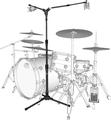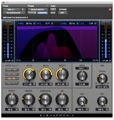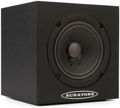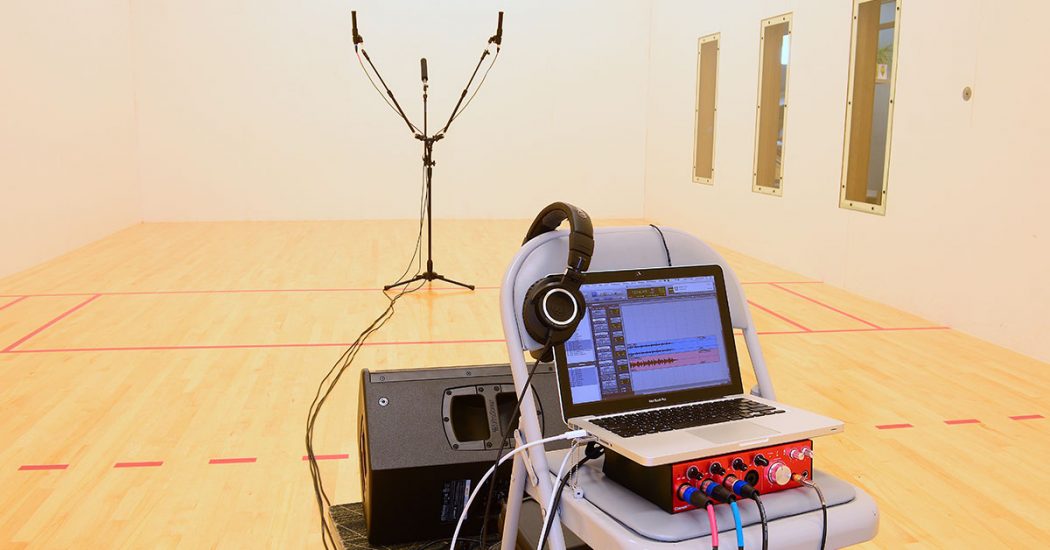
Ever wonder how they got those snare sounds on classic records that you can never seem to duplicate? That long, full-bodied snare? Or the “kah” sound that your snare doesn’t have? Here are six tricks to try that will help you create an amazing snare sound for your next record or video.
1. Push Some Air
One trick for getting drums to sound big, especially ones that were recorded in a small space, is to take a drum mix and amplify it through speakers in a much larger space and then mic that sound. You can use a living room or the biggest space you can access — I once used a stairwell in an 8-story office building with mics positioned on the stair landings on the floors above and below. Pump your drum mix into that space, record it, and add it to your drums. It can bring a small-sounding drum kit or even drum samples to life.
Here’s a recording of drum samples playing a very familiar beat — and then some options for acoustic sounds I added to it. First, listen to the dry drum mix that was recorded with EZDrummer. NOTE: I intentionally did not use the ambience or reverb tracks in EZDrummer, which add lots of ambience and personality.
Dry drum track
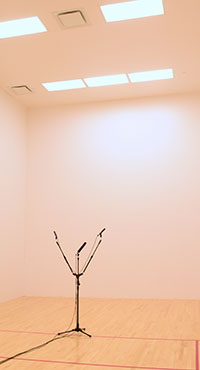
For the recordings presented below, I set up in a couple of spaces in the Sweetwater building. My reproduction/recording system consisted of a MacBook Pro and a Focusrite Clarett 4Pre. The playback speaker was a PreSonus ULT12. Since the choice of microphones makes a huge difference in the sound, I chose to audition pairs of ribbon, condenser, and dynamic mics. The mics I used were pairs of AEA’s ribbon N8s, the Audio-Technica condenser ATM450s, and dynamic Shure SM57s set up on a Triad-Orbit stand with the Orbital Dual Boom mount. I also added a shotgun mic to pick up just the center reflections from the far wall without much of the bounce off the side walls and added that in with the stereo pair. I monitored the recording with my Audio-Technica ATH-M40x headphones.
Here’s what the drums sound like re-amping in the racquetball court. Take a listen to the results and compare the original dry signal (above) with the re-amped results (below). Compare and contrast the impact of the microphone choice as well, paying attention to the amount of room and tonal characteristic each reveals. Which of the three options do you prefer? Personally, I love the width of the ATM-450s and the bright splash of the cymbals.
Racquetball court with AEA N8s
Racquetball court with Audio-Technica ATM450s
Racquetball court with Shure SM57s
Next, I chose an unfinished warehouse space that is very live, though with a much shorter decay time than the racquetball court, and re-amped the drums in that space. Here’s what that sounded like.
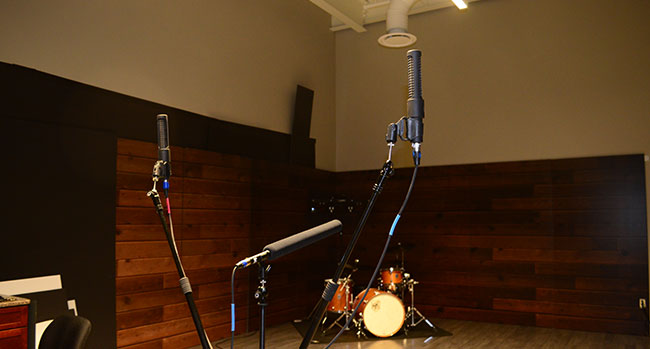
Warehouse with AEA N8s
Warehouse with Audio-Technica ATM450s
Warehouse with Shure SM57s
The results are pretty amazing. It definitely doesn’t sound like drum samples when you add in the live ambience.
2. Re-mic a Real Snare
If you have a really dry sound and want more “buzz,” you can send the snare signal to a speaker (smaller in diameter than the drumhead, such as an Auratone) firing down directly on the snare head. Feed the tightly gated snare track to it, and use it to excite the drum; mic the snares underneath, and record those to another track.
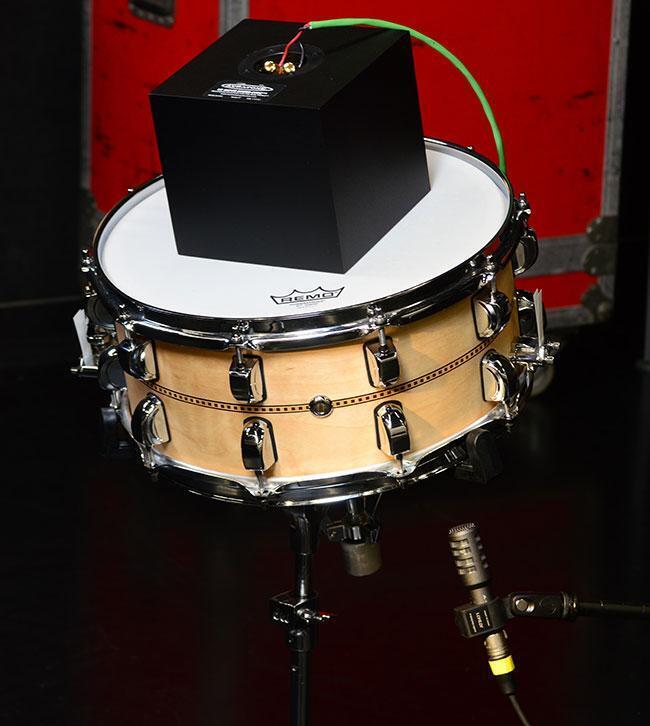
3. Add Subliminal Noise
Use a noise gate with a side-chain, feed white noise into its input, and trigger the side-chain off the snare sound. Now you can adjust the attack and release and EQ the noise, adding it to the snare sound. This trick can add all kinds of length to the sound that was never there in the original.
4. Explore the Space
If you’re recording a drum kit, you can stick a mic or mics (I prefer dynamics or ribbons) into the upper corners of the room opposite the drums (where the two walls meet the ceiling). Point them away from the drums. There’s always lots of low end to be found in corners.
Alternately, you can pull the mics back away from the wall and add distance to the sound to make it seem like the room is dimensionally larger than it is. I love using ribbons for this technique, angling them so that the drum kit is off-axis (in the null to the sides) so that they only pick up reflected sound. Adding those reflections to the sound of the direct mics can help achieve a great ambience and distance, even in smaller rooms. I’ve used it successfully in basements and bedrooms.
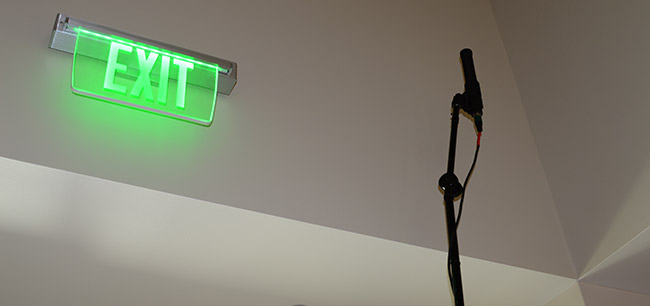
5. Trigger a Sample
Another trick is triggering a sample from the attack of the snare. It could be simple, like firing a crowd handclap sample that ghosts the attack (pulled way back in level to the point of being almost subliminal) under the snare sound. That trick has been used more than you can imagine. The most common “snare enhancer” is adding a tambourine sound tucked into the snare sound. You can have someone play this live or do it with triggered samples. Or go crazy and trigger a lion roar or an orchestral bass drum or a crunchy guitar dive. I recently added a gated 40Hz tone to a snare sound to give it more depth. And then I layered the sound of a cannon firing in with both of those. It sounded amazing.
6. Dig Down Deeper
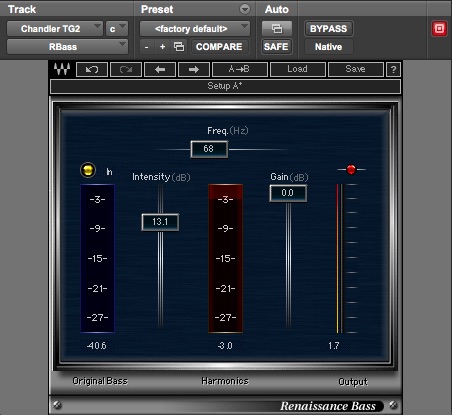
If you want to add girth to your snare drum, send the snare track to a bus and put a sub-octave generator on that bus, such as the Avid Pro Subharmonic AAX plug-in or, similarly, the Waves RenBass. These plug-ins can add substantial low end to your snare. Take a listen to the samples below, the first one is the original and the second one is with RBass added.
Original snare drum
Snare drum with RBass
Hopefully these tips will give you some ideas that you can experiment with and help you achieve a great-sounding snare recording. If you need an Auratone or some room mics, call your Sweetwater Sales Engineer at (800) 222-4700.
For more tips on getting a great snare sound, check out these other articles by Lynn Fuston.
1 – Best Mics for Recording Snare Drums
2 – How to Mic a Snare Drum
3 – Best Preamps for Snare Drum
4 – Tips: EQ and Compression for Snare
5 – 6 Tricks for Crafting an Awesome Snare Sound



